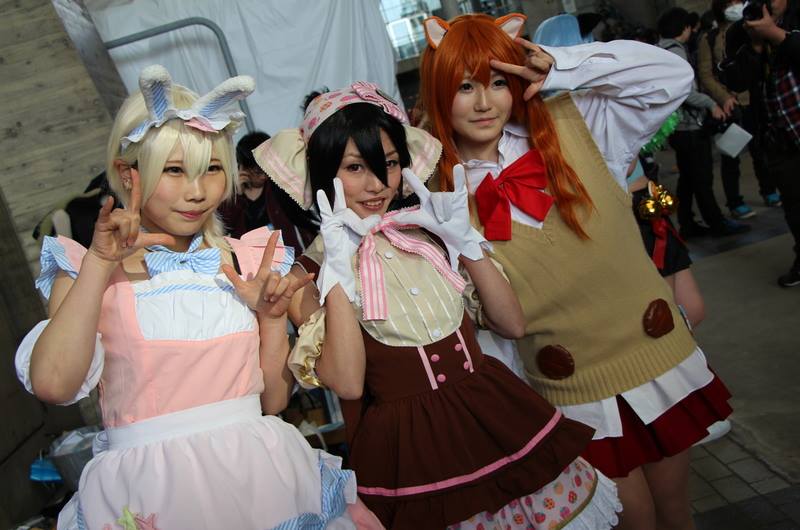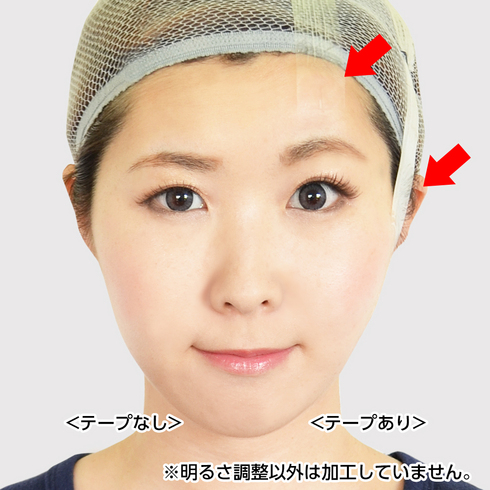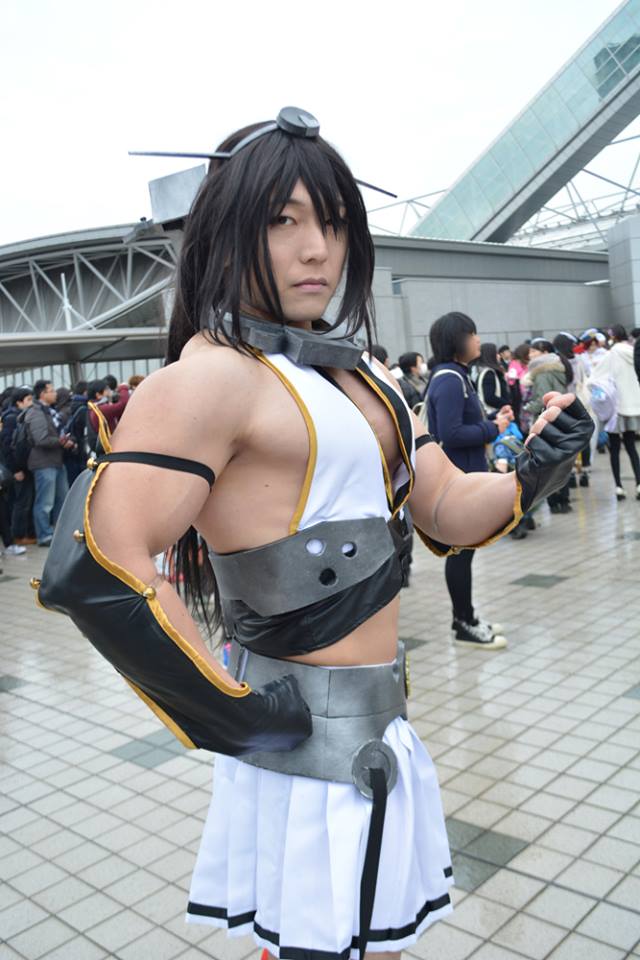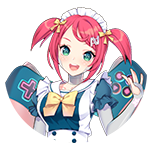How can Japanese Cosplay problematic?

Japan, for many of us, is THE place for cosplay. It has the best cosplayers, conventions, and some people might even claim that only Japanese people should cosplay because the rest of us just suck! Just what makes Japanese cosplayers so good and what are they doing differently? (Spoiler alert: it’s Photoshop, guys.)
But besides taking advantage of photo editing software, there are many accepted techniques cosplayers use and some regulations enforced at cosplay events in Japan that many of us Western folk might find surprising or questionable. Let’s take a look at some of these techniques.
Using nose shapers
Having a “tall” nose is considered a desirable quality in Japan, so some cosplayers use shapers in their nose for extra height. Would you consider putting plastic in your nose to make it higher?
Taping your face
Many cosplayers in Japan will use tape to better define their features. It’s often used to lift cheekbones and change eye shape. Drag queens often employ tape for an instant slimming effect, as well as to create a more defined eyebrow arch.
While this technique is not new or unheard of, it is a polarizing issue for some in the cosplay community. Some cosplayers believe all is good and right in the pursuit of accuracy, but others consider it offensive or inappropriate because when using tape to achieve features of another race.

Shaving your eyebrows
Are you tired of having to glue down your eyebrows anytime you need to draw on some new ones? Well, so are Japanese cosplayers. If you take a look at recent issues of Cosplay Makeup, a magazine dedicating to sharing the latest techniques and trends in cosplay makeup, you’ll find that most of the models have shaved their eyebrows!
Banning Male Crossplaying at some events
It’s not uncommon for an event to state in their rules that male crossplayers are not allowed. Before making judgments on this policy, it’s important to consider why this would happen in Japan.
Event sponsors are commonly viewed as playing a role in banning male crossplayers because some sponsors see crossplaying as a violation of their personal opinion or politics. Additionally, some complaints have arisen about men entering women’s restrooms because some crossplayers are just too convincing. According to RocketNews24, Naoko Tachibana, a prominent photographer known for her work with LGBTQ minorities, states that the ban originated out of fear from attracting stereotypically unattractive men dressed as women.
The banning of male crossplayers caused a big stir outside Japan when people saw this being one of Tokyo Comicon’s policies. The issue was resolved by allowing male crossplayers, but adding the stipulation that they had to wear tags that identified them as so.

Still using tape for binding?!
When in a changing room, you may hear the familiar sound of tape. It’s a known fact in the cosplay community that binding with tape or ace bandages can restrict your ability to breathe and move. While cosplayers will wrap tape over a shirt so removing the tape will not damage the skin, that does not change the fact that tape can hurt you.
Always practice safe binding, friends.
Making skin lighter or darker
Many cosplayers will use different products to lighten or darken their skin depending on the character they’re trying to emulate. Many cosplay sites and companies like Assist Wig offer a variety of original creams, creams to lighten or darken skin.
You will even find tutorials on how to use makeup to darken your skin in cosplay magazines. However, the usage and normalization of using makeup to change skin tone raise issues. It’s a heavily debated and frowned upon to “race bend” while in cosplay, especially in the United States. Similar to the problems of using tape, using makeup to replicate traits of another race is seen as objectifying a group of people into a costume. Japan has gotten in trouble for black face before. Take the case of the idol group Momoiro Clover Z and their blackface controversy in 2015.

Foreign residents of Japan only make up about 1% of the population, so whether you agree or not, it’s easy to understand how and why changing skin color is an accepted and encouraged part of cosplay culture in Japan.






